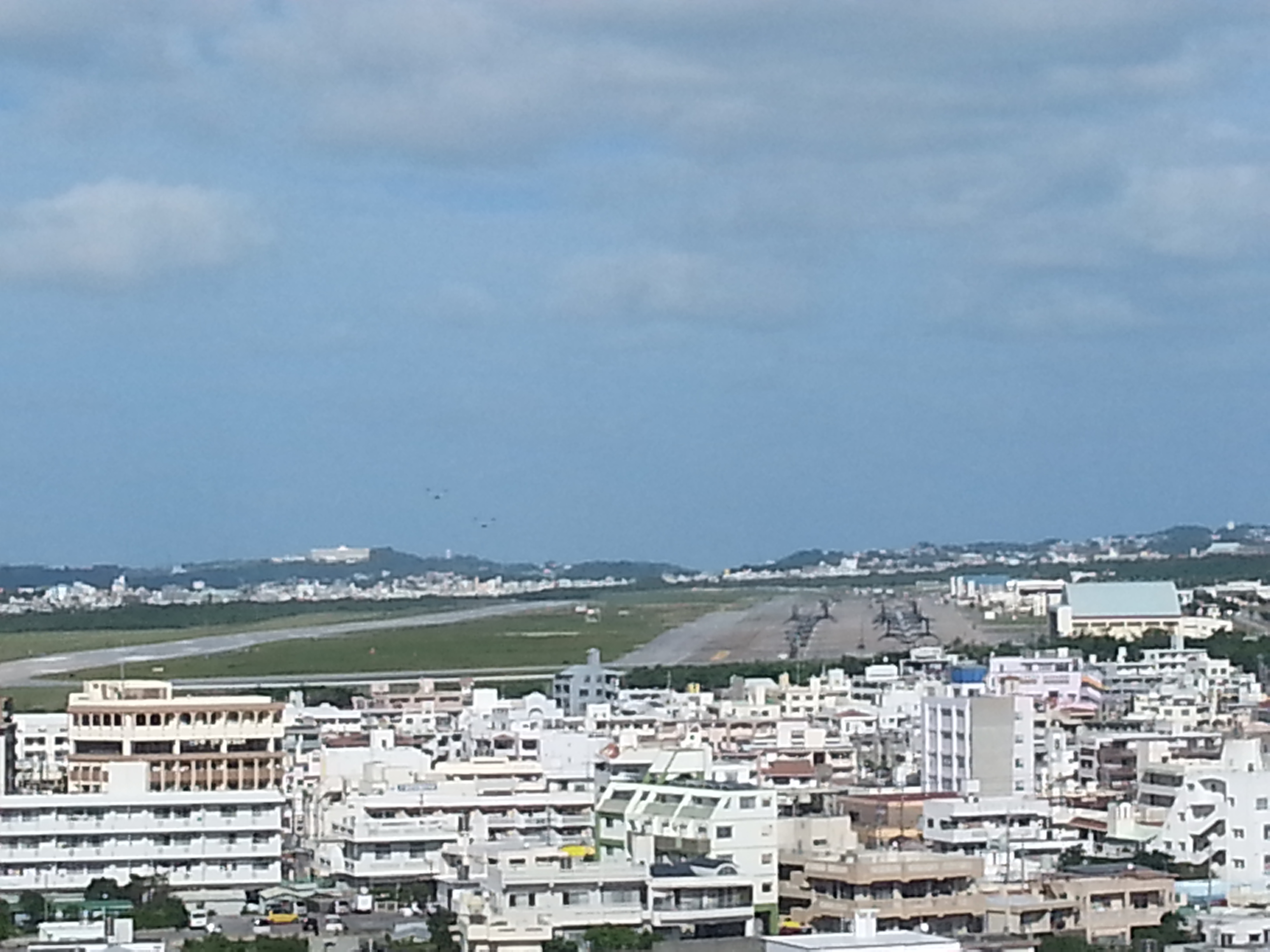The U.S. basing dispute on Okinawa goes much deeper than the debate over Futenma Air Station.
On October 13, Okinawan Governor Takeshi Onaga made good on a longstanding threat to rescind prefectural approval for the land reclamation efforts necessary to building the Futenma Replacement Facility in Henoko. It was the latest move in the drawn-out battle over Futenma Marine Air Station, called the “most dangerous air station in the world” due to its location in a densely populated urban area.
A deal to return Futenma to Okinawan control was first announced in 1996. But nearly 20 years later, that promise still has not been realized. That’s because the issue of U.S. bases on Okinawa is bigger than the specific question of Futenma. It touches on deeply-held emotions, historical memory, and calculations regarding national security and political machinations.
The Futenma Issue
One of the oddities in the Futenma question is that all parties involved – the U.S. government, the central Japanese government, and the Okinawan prefectural government – agree that the Futenma air station has got to go. The Marine Corps Air Station Futenma (as it is formally known) is surrounded by residential areas, schools, and city buildings. According to former Okinawan Governor Masahide Ota, there are 16 schools, hospitals, and city offices in the immediate area, plus 3,000 people living in what should be the “clear zone” around the base.

The Futenma air station and the surrounding neighborhood.
The debate is over the actual relocation – that is, should Futenma be relocated at all, or simply shut down? And if it is to be relocated, where will the replacement be built?
The official plan calls for a Futenma Replacement Facility (FRF) to be built in Henoko, close to the Camp Schwab Marine Corps Base. The new air station would have two 1,200 meter runways arranged in a V-shape, mostly built on reclaimed land (the same land reclamation for which Onaga just withdrew prefectural approval).
Okinawan residents, however, are overwhelmingly against the relocation of Futenma to Henoko, with 83 percent of Okinawans opposing the plan, according to one local newspaper poll. Okinawans believe they already bear too much of the burden for the U.S. military presence in Japan. The oft-quoted statistic: the island of Okinawa represents just 0.6 percent of Japan’s territory but hosts 74 percent of U.S. military installations in Japan.
Okinawa’s US Bases: “It’s Really Outrageous”
http://thediplomat.com/2015/11/beyond-futenma-okinawa-and-the-us-base-conundrum/